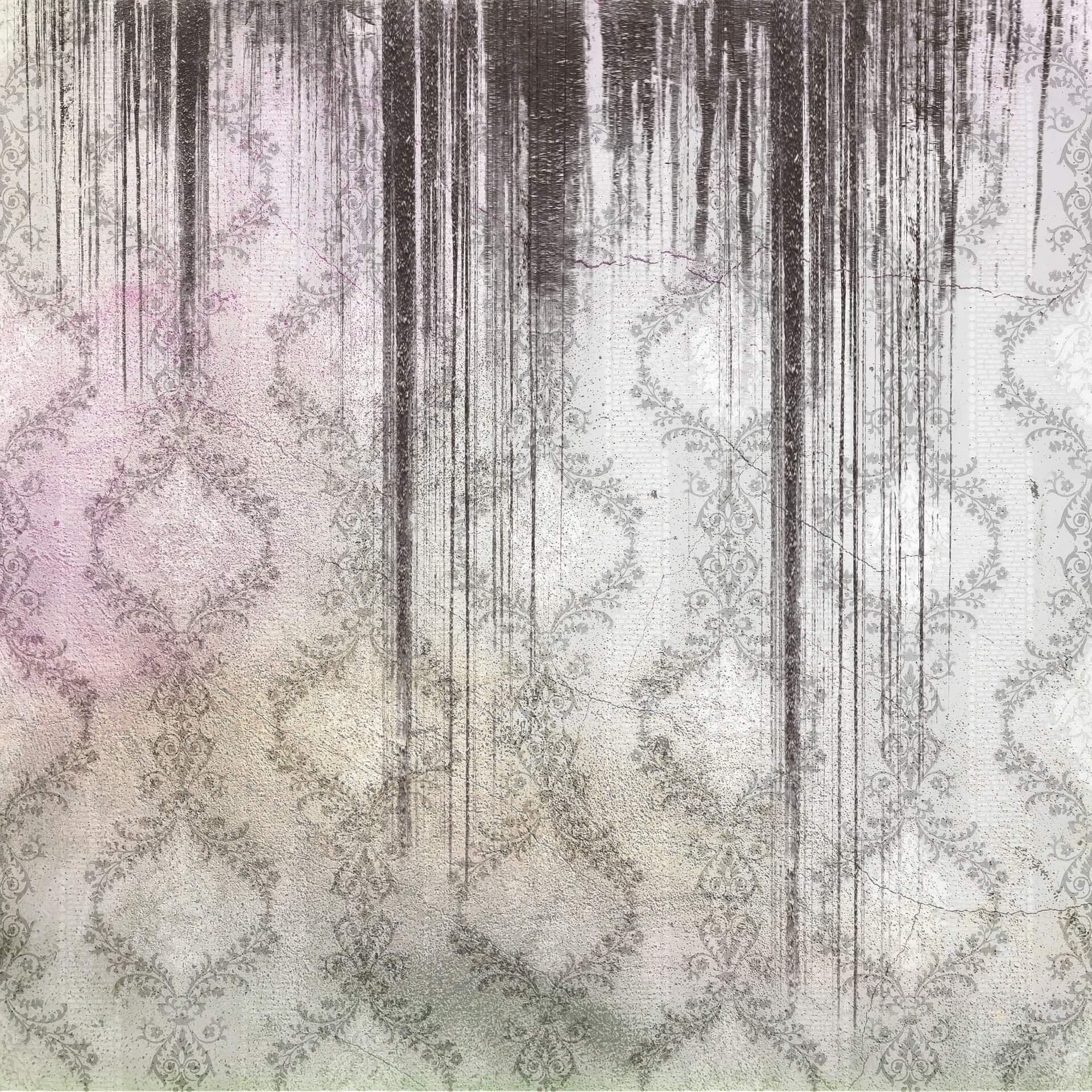About Mold
Mold has an important job in the environment which is to break down organic material. There are thousands of species of mold; the most common indoor molds are Cladosporium, Penicillium, and Aspergillus.
Together, mold and moisture can wreak havoc on indoor air quality. All mold needs to grow is nutrients, oxygen, and moisture. It can travel through the air or can attach to things that come indoors like clothing, animals, and shoes. A lot of building and home materials contain food for mold including wood, paper, insulation, drywall, upholstery, carpet, latex paint, and dust. Water leakage or flooding can greatly influence the growth of indoor mold, but it is not the only cause. Other factors such as condensation and humidity level play a part. Since mold is ubiquitous, it can be found almost anywhere—the only way to control it is to control moisture.
Indoor mold and its byproducts can lead to health issues including headaches, skin rashes, eye irritation, respiratory symptoms, bronchitis, asthma, hypersensitivity pneumonitis, and respiratory infections. Sick Building Syndrome or Building Related Illness can become a problem. And mold can do damage to the pocketbook with replacement and repair costs.
Testing for mold is a challenge: it can be found almost anywhere, and there are no standards as to exposure limits. A couple tests in a few different spots can lead to an incomplete picture, or a misrepresentation of the problem which can lead to ineffective solutions, needless stress, or unnecessary cost.
The overall process for mold remediation is Recognition, Evaluation, and Control
Recognition
The presence of mold may be suspected after a water leak or with the presence of health symptoms in a building. It may be producing an odor or could be visible in some indoor locations. It can also grow in hidden locations like inside air conditioning systems, on the back side of drywall, above ceilings, on insulation, near pipes inside the wall, or under carpets and pads. Frequently, to find mold with the best sampling technique and with as little damage as possible, it best to have the assistance of a certified professional. They will collect information about the building, tour it (preferably with you or your maintenance staff), and use a well thought out combination of techniques including visual inspection, and possibly surface, bulk, air, and toxin sampling, along with moisture detection. Personal protection equipment (PPE) may be necessary during sampling depending on whether mold may be disturbed and become airborne. Any samples taken will be sent to a laboratory to identify the presence of and species of mold.
Evaluation
Interpreting the findings of mold sampling is not always straight forward. Sampling only represents one moment in time since concentrations can change based on weather, time of day, temperature, activity in the space, and life cycle of the mold present; and not everything that looks like mold is mold. Concentrations must be evaluated based on a comparison of areas with suspected mold to remote, unaffected areas and to outside air around the building. Levels of moisture must be also considered along with the duration of any leaking, moisture incursion, or flooding. Unfortunately, there are no regulatory standards for acceptable concentrations of mold. It is wise, therefore, to hire a trained professional who understands the pros and cons of the various testing techniques, who can determine what sampling may or may not be recommended in your specific situation, and who can take all information gathered and put it together to form the most complete picture possible.
Control
Controlling mold is all about dealing with the moisture, and to some extent its nutrients. Since the nutrients are usually necessary parts of any building, moisture will be the key factor. If the source of moisture is not controlled and it returns, the regrowth of mold could be amplified.
Even though there are currently no OSHA specific standards for working with mold, the remediation manager’s highest priority should be to protect the health and safety of workers and building occupants. OSHA standards associated with working with toxic and hazardous substances and PPE must be followed. Workers will need eye, skin, and respiratory protection, and ways of preventing dispersion of the mold with specialized work methods and engineering controls. It may be necessary to temporarily move building occupants. The remediators should follow EPA’s recommendations and other related guidelines from professional or government organizations.
For larger projects it is recommended that a remediation plan be prepared by qualified professionals and the plan must focus on the control of moisture, removing existing mold, and protecting other areas of the building, workers, and occupants. Any water issues need to be permanently fixed or mold growth will reoccur. Depending on the type of material that has been contaminated, different approaches for removing mold will be used. Simply killing mold and leaving spores and debris in place generally will leave behind human irritants and the possibility for regrowth. With careful consideration, techniques might include damp wiping, HEPA vacuuming, use of negative pressure enclosures, careful disposal of damaged goods, and in some cases, the use of biocides.
OSHA always recommends that anyone involved in mold remediation within an occupational setting be trained on cleaning methods, PPE, and potential health hazards. For remediations involving more than 30 square feet, OSHA recommends the engagement of industrial hygienists, or other environmental health and safety professionals.
RPF Environmental can assist you with recognizing, evaluating, and planning remediation for mold issues. We have an array of services, delivered by certified professionals, related to solving even the worst mold problems. Check out our services here.
Call us at 603-942-5432 today to find out how we can support your industrial hygiene control program.




